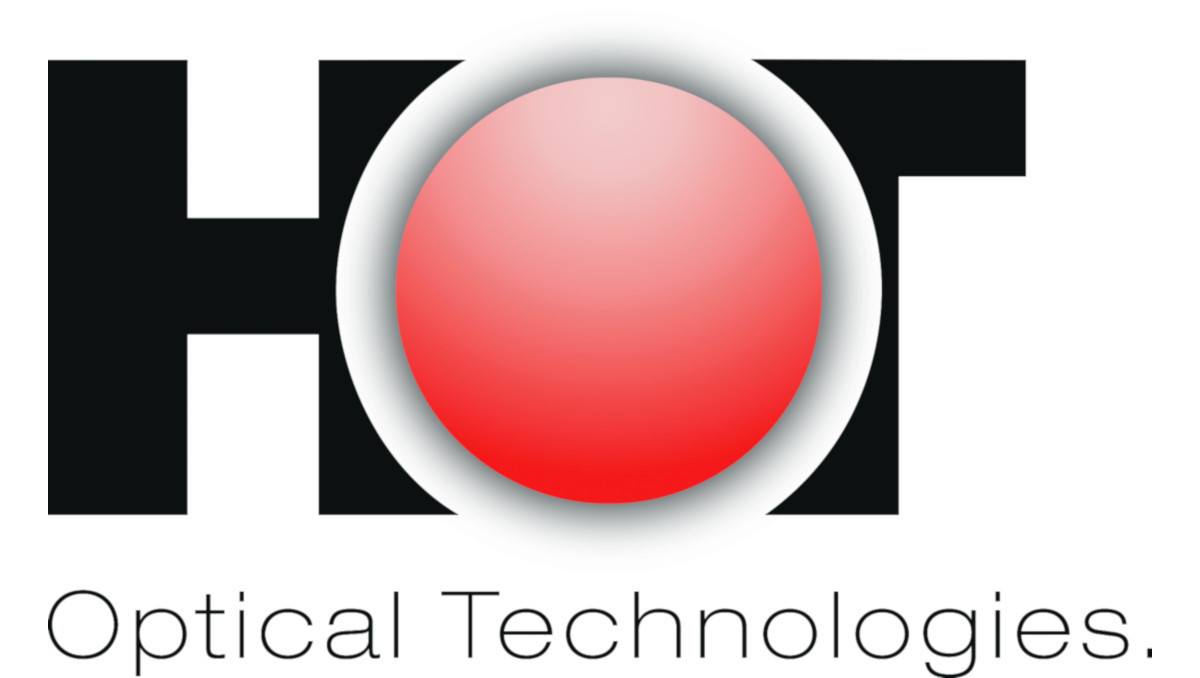Plasmonic coloring of noble metals rendered by picosecond laser exposure
- authored by
- Jean Michel Guay, Antonio Calà Lesina, Peter G. Gordon, Joshua Baxter, Sean T. Barry, Lora Ramunno, Pierre Berini, Arnaud Weck
- Abstract
We show the angle-independent coloring of metals in air arising from nanoparticle distributions on metal surfaces created via picosecond laser processing. Each of the colors is linked to a unique total accumulated fluence, rendering the process compatible with industry. We report the coating of the colored metal surfaces using atomic layer deposition which is shown to preserve colors and provide mechanical and chemical protection Laser bursts are composed of closely time-spaced pulses separated by 12.8 ns. The coloring of silver using burst versus non-burst is shown to increase the Chroma, or color saturation, by 50% and broaden the color Lightness range by up to 60%. The increase in Chroma and Lightness are accompanied by the creation of 3 kinds of different laser-induced periodic surface structures (LIPSS). One of these structures is measured to be 10 times the wavelength of light and are not yet explained by conventional theories. Two temperature model simulations of laser bursts interacting with the metal surface show a significant increase in the electron-phonon coupling responsible for the well-defined LIPSS observed on the surface of silver. Finite-difference time-domain simulations of nanoparticles distributed on the high-spatial frequency LIPSS (HSFL) explain the increase in color saturation (i.e. Chroma of the colors) by the enhanced absorption and enriched plasmon resonances.
- External Organisation(s)
-
University of Ottawa
Carleton University
- Type
- Paper
- Publication date
- 17.02.2017
- Publication status
- Published
- ASJC Scopus subject areas
- Electronic, Optical and Magnetic Materials, Condensed Matter Physics, Applied Mathematics, Electrical and Electronic Engineering, Computer Science Applications
- Electronic version(s)
-
https://doi.org/10.1117/12.2252302 (Access:
Closed)
